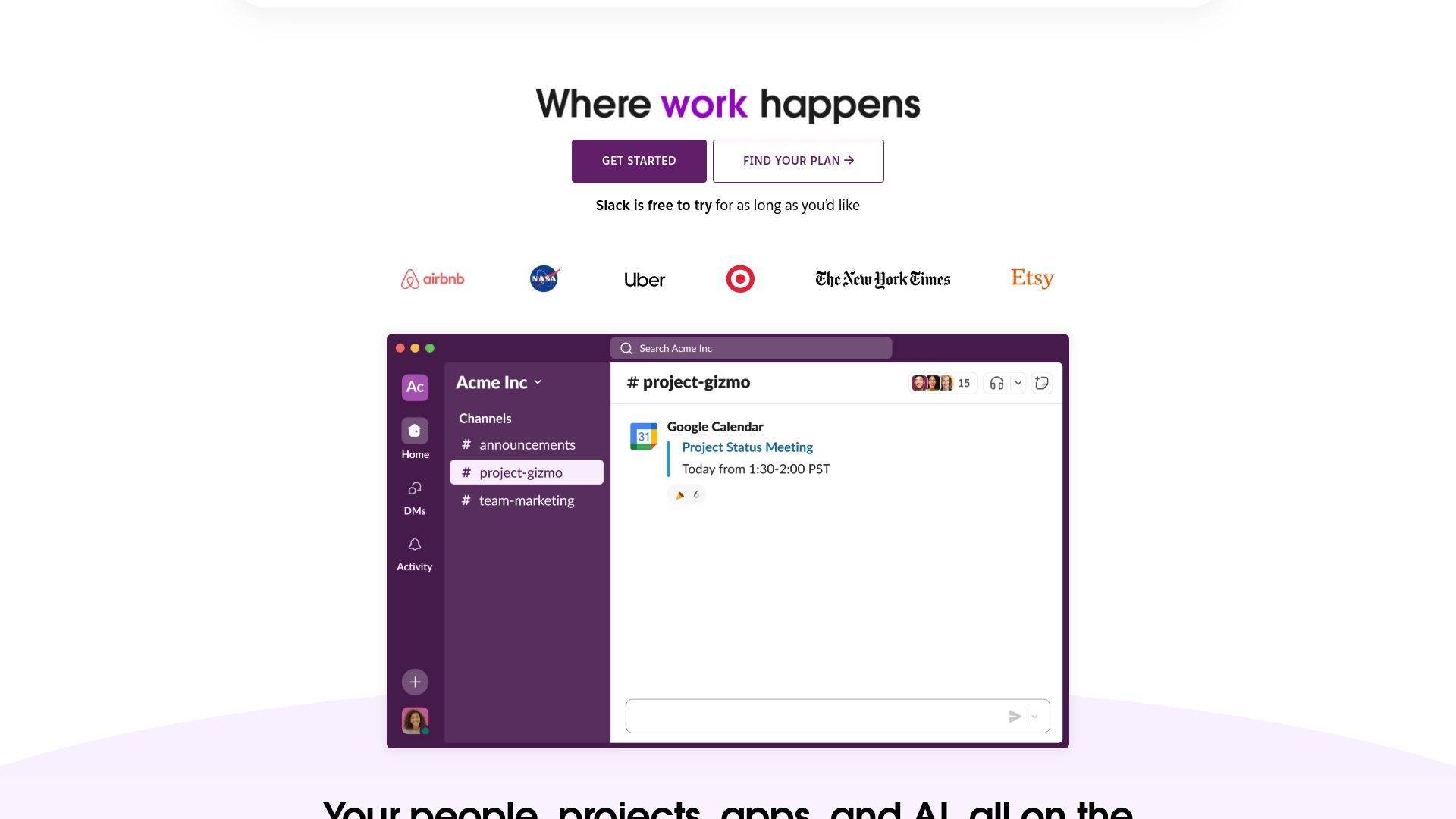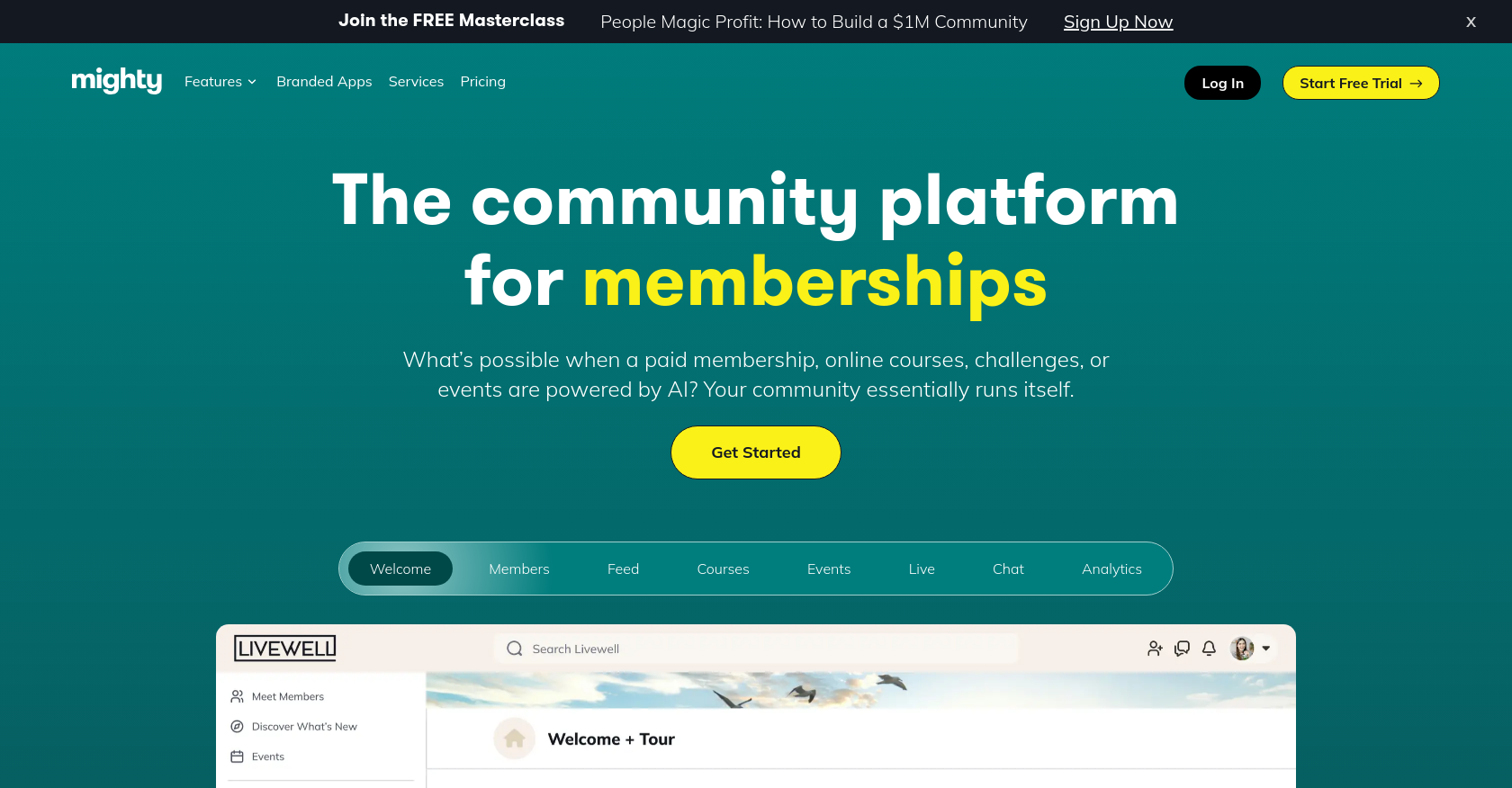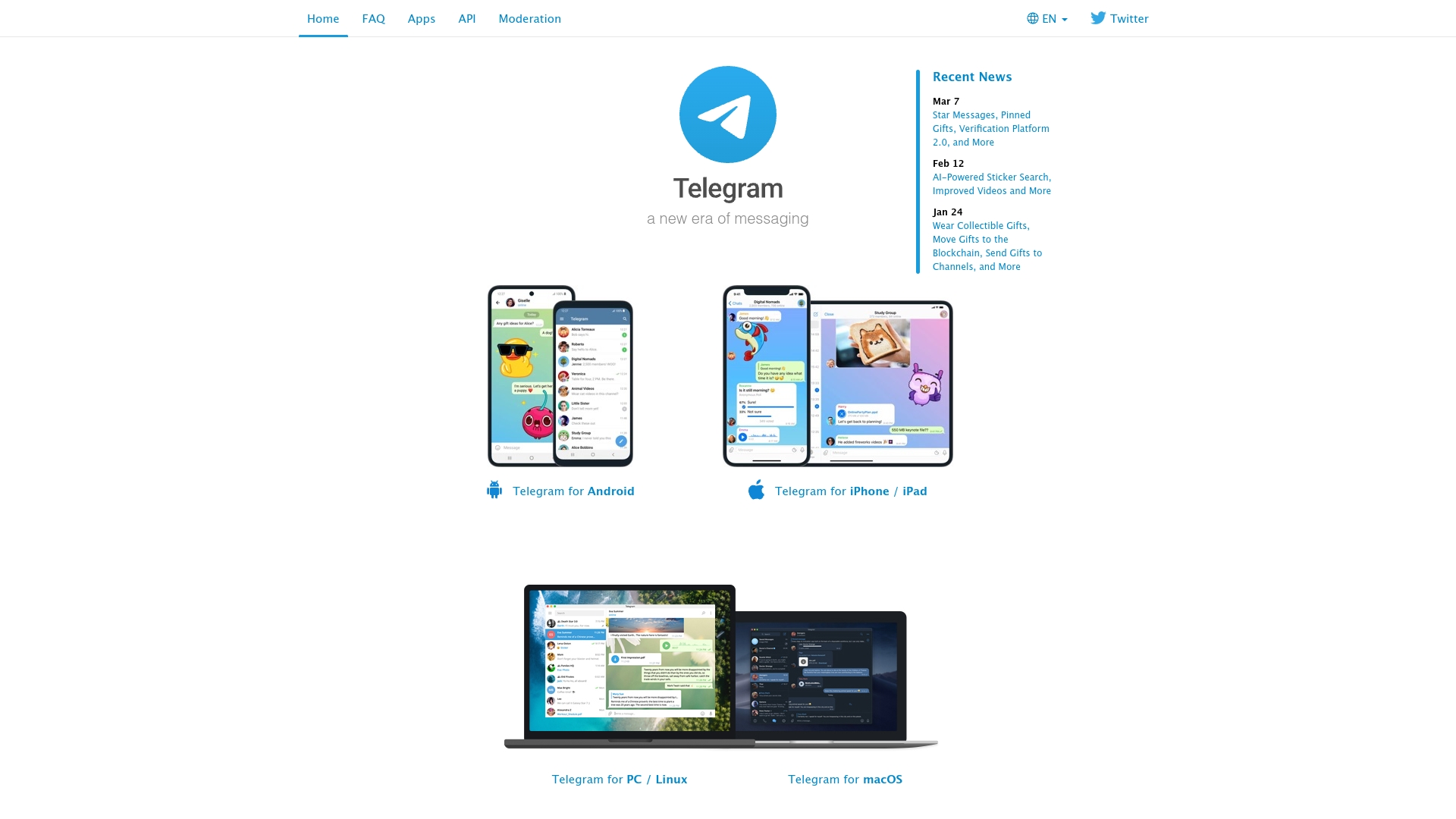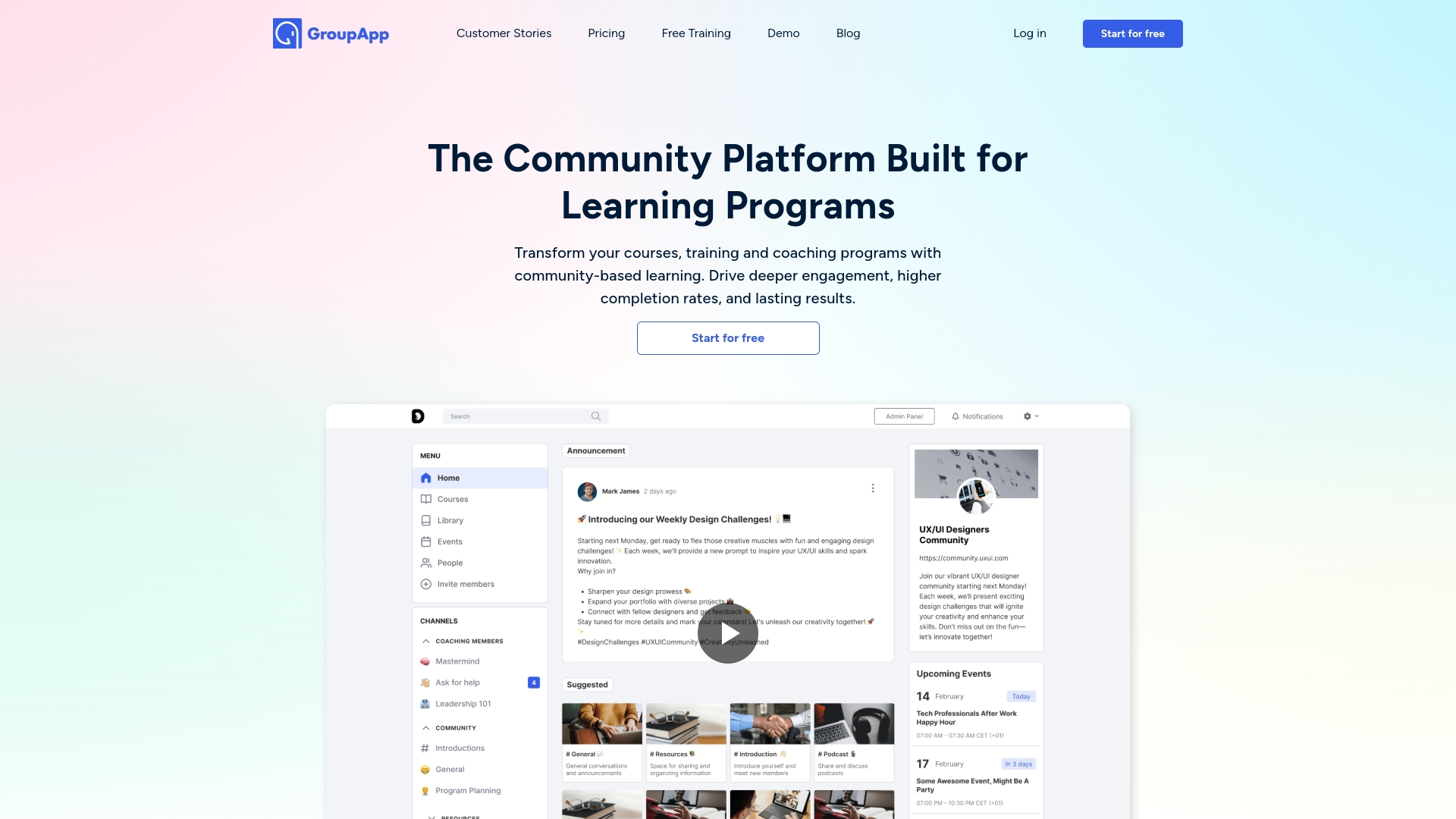Top 10 Discord Alternatives for Structured Learning Communities (2026)

TL;DR
- What it enables: Learning platforms create seamless ecosystems supporting structured education with community engagement and scalable operations.
- What it includes: AI-driven tools, LMS integration, analytics, community features, branding customization, and automated workflows.
- Key elements: Comprehensive analytics, unified learning management, security, personalization capabilities, and seamless third-party integrations.
- Top 10 for 2026 include: Disco, Slack, Mighty Networks, Microsoft Teams, Telegram, Circle, Discourse, GroupApp, Flock, Mumble.
- Why it matters: Modern learning platforms transform content delivery, learner engagement, and outcome measurement for scalable education.
What Matters in a Learning-Focused Platform
A platform designed for learning needs to be more than a collection of features—it should function as a seamless ecosystem that supports both structure and creativity. For training businesses, tools like automated enrollments, robust communication systems, and content hosting aren’t just convenient—they’re foundational to keeping operations smooth and learners engaged.
Bringing clarity to the chaos of managing programs is key. With streamlined organization, training leaders can centralize their workflows, making it easier to deliver consistent, branded experiences. Additionally, access to in-depth learner insights—engagement data, progress tracking, and more—enables thoughtful decision-making. This level of insight ensures that every program evolves based on what resonates most with the learners.
Security and personalization go hand in hand when building trust. Learners expect their data to be protected, and businesses need the flexibility to craft experiences that reflect their unique identity. From advanced community tools to fully customized branding, the best platforms make every interaction intentional, impactful, and aligned with the values of the organization.
Evaluating Discord and Alternatives for Learning Communities
Discord is widely popular for community building, but its lack of structure and learning-focused tools makes it less ideal for structured learning environments. Here's a breakdown of Discord's strengths, its limitations, and what to prioritize when exploring alternatives like Disco.
| Discord Advantages | Discord Limitations | Features to Look For When Considering Discord Alternatives |
|---|---|---|
| Free or affordable for large groups | Cluttered channel-based structure | AI-powered tools for personalization and efficiency |
| Strong brand recognition and ease of onboarding | No built-in LMS or structured learning tools | Integrated LMS for creating and managing courses |
| Ideal for casual communication | Lacks advanced analytics and learner tracking | Comprehensive analytics for learner progress and engagement |
| Large user base and familiarity | Limited customization for branding | Customization options for branded learning experiences |
| Good for live voice and text chats | Separate tools needed for organizing learning materials | Unified platform for community engagement and structured learning |
1. Disco

Disco, available at disco.co, brings together AI-driven learning, community-building, and streamlined operations into one cohesive platform. It’s designed for training businesses that want to create branded, engaging learning experiences while scaling their reach and impact. Whether you’re running cohort-based programs or delivering certifications, Disco equips you with the tools to make every interaction seamless and meaningful.
Key Features
Disco’s AI capabilities simplify the most time-consuming parts of program creation. With tools like automated curriculum builders and chat assistance, teams can focus their energy on content strategy and learner outcomes. Its community-driven features—like discussion threads, live events, and custom member directories—foster collaboration and keep learners engaged throughout their journey.
Scalability is built into the platform, allowing businesses to serve small groups or thousands of members with ease. Seamless integrations with Zoom, Stripe, and other apps further enhance workflows, while advanced customization tools ensure every learning space feels like an extension of your brand.
2. Slack

Slack has become a cornerstone for professional communication, with its channel-based structure making it easy to organize conversations and stay connected. Teams worldwide rely on Slack to simplify collaboration, enabling seamless conversations and faster decision-making. While its design encourages transparency and teamwork, Slack isn’t purpose-built for structured learning, leaving gaps where more specialized tools might excel.
Key Features
Slack’s functionality is rooted in simplicity and adaptability. File sharing, direct messaging, and searchable archives keep information accessible, while threaded conversations offer clarity by keeping discussions on topic. Its integration capabilities are extensive, connecting with over 2,600 apps to enhance workflows—from project management tools to scheduling software.
However, when it comes to learning and development, Slack’s lack of built-in metrics and structured educational tools means organizations often need to rely on external systems for tracking progress or designing learning experiences. This can create friction for teams seeking a more unified, focused approach to education and skills development.
3. Mighty Networks

Mighty Networks positions itself as a platform that thrives on connection. Designed to bring people together, it blends social engagement with tools for hosting events, monetizing content, and creating branded experiences. This makes it a natural fit for membership-focused programs that prioritize community interaction and personalized spaces.
Key Features
At its core, Mighty Networks offers a dynamic social feed that encourages interaction and fosters ongoing conversations among members. For organizations looking to generate revenue, the platform supports paid membership tiers along with course hosting and challenges. Its customization options allow users to showcase their brand’s identity through tailored colors, layouts, and graphics, ensuring every experience feels unique.
While it shines in creating tight-knit, community-driven ecosystems, the platform leans heavily toward smaller-scale programs. For organizations managing more complex, large-scale training initiatives, its feature set may feel less equipped to handle the operational demands of scaling structured learning environments.
4. Microsoft Teams

Microsoft Teams redefines collaboration for organizations already immersed in the Microsoft 365 ecosystem. By integrating directly with tools like Word, Excel, and SharePoint, it ensures that content-sharing and communication happen seamlessly within familiar workflows. For teams who rely on Microsoft’s suite for their day-to-day operations, this alignment removes friction and amplifies productivity.
Key Features
Microsoft Teams offers a robust toolkit designed to facilitate teamwork, whether through real-time messaging, video conferencing, or customizable team channels. For organizations managing multiple departments or projects, the ability to create specific spaces for group discussions keeps communication clear and organized. Calendar integration further simplifies scheduling, ensuring live sessions and meetings are effortlessly coordinated.
While its depth is a strength for seasoned Microsoft users, Teams poses a steeper learning curve for those less familiar with the platform. However, its ability to centralize workplace collaboration and communication makes it an invaluable asset for organizations looking to streamline their processes without leaving the Microsoft ecosystem.
5. Telegram

Telegram is a platform built for connection—fast, flexible, and ideal for keeping communication flowing. Designed primarily as a messaging tool, it has grown into a space where large groups and communities can collaborate effortlessly. While it doesn’t offer the structured functionality of a learning management system, its simplicity and accessibility make it a practical solution for quick updates and group discussions.
Key Features
One of Telegram’s standout strengths is its ability to support large group channels and broadcasts, enabling leaders to communicate with thousands of participants at once. For private conversations, end-to-end encryption ensures security where it counts. The platform’s lightweight design also makes it easy to use across devices, opening up access for learners and teams regardless of their location.
However, Telegram is not without its limits. It lacks tools for organizing structured content, tracking learner engagement, or moderating community interactions at scale. For teams or businesses looking to deliver more comprehensive learning experiences, this means additional tools or platforms may still be necessary to bridge the gap between communication and true learning design.
6. Circle
Circle was built with communities in mind, offering a streamlined way to bring people together in flexible, interactive spaces. Its design focuses on simplicity and aesthetics, making it an accessible choice for organizations that want a polished, branded environment. At its core, Circle prioritizes creating spaces for meaningful interactions while offering tools that support monetization and engagement.
Key Features
Circle allows users to organize their communities into sub-spaces, which can serve as dedicated hubs for discussions, events, or even courses. Livestreaming and Q&A features add an interactive layer, encouraging real-time participation. The platform also supports paid memberships and subscription tiers, making it easier to build sustainable revenue streams.
While Circle provides foundational course-hosting capabilities, its strengths lie more in community management than in advanced learning design. For businesses looking to combine deep analytics, automation, and robust learning tools, it may feel limiting. Instead, Circle shines in its ability to build beautifully branded spaces that foster connection and conversation.
7. Discourse

Discourse is more than a forum—it’s a space for focused, high-quality dialogue. Built to foster meaningful conversations and collaborative learning, Discourse brings structure and clarity to community discussions in a way that feels natural and engaging. Its open-source framework means it’s accessible, adaptable, and designed to grow alongside your learning initiatives.
Key Features
At its heart, Discourse offers tools to keep learning organized and productive. Tagging makes it easy to sort course content, while community roles—like moderators and trust levels—empower members to take part in maintaining a respectful, well-functioning space. For group projects or shared assignments, wiki-style posts encourage collaborative effort, allowing learners to build and refine knowledge together.
Customization is where Discourse shines, but it does require some technical expertise to unlock its full potential. Whether you’re hosting it yourself or leveraging managed options, Discourse gives you the flexibility to shape a learning environment that fits your unique needs. While it’s excellent for fostering dialogue, some additional tools may be necessary to fully support structured course delivery or advanced analytics.
8. GroupApp

GroupApp offers an intuitive space where learning and community intersect, tailored for creators aiming to build membership-based programs. It simplifies the process of delivering educational content behind a paywall while supporting both one-time and subscription-based revenue models.
Key Features
With a focus on engagement, GroupApp enables creators to share text and multimedia content that resonates with diverse learning styles. Its community inbox fosters meaningful, one-on-one interactions between members and educators, ensuring a personalized experience that strengthens connections.
For creators who value aesthetics, GroupApp provides customizable branding options, aligning every detail with the look and feel of their academy. While its design is ideal for smaller programs, the platform's analytics may fall short for those managing larger, data-heavy initiatives.
9. Flock

Flock brings simplicity and speed to team collaboration, offering a space where smaller teams or micro-communities can connect, share, and coordinate effortlessly. Designed with an emphasis on quick communication, Flock combines messaging, task management, and video calling into a streamlined experience that keeps teams in sync.
Key Features
At its core, Flock is built for efficiency. Group channels provide a space for focused discussions, announcements, or brainstorming, while integrated to-do lists help turn conversations into actionable tasks. Voice and video calling allow for instant, real-time connections, making it easy to align teams without the back-and-forth of emails or scheduling.
That said, Flock is best suited for fast, informal collaboration rather than structured learning environments. While it shines in keeping small teams organized, it lacks the depth needed for creating immersive, analytics-driven educational programs or tailored learning pathways. For organizations looking to scale or deliver more personalized learning experiences, a platform like Disco offers a more robust, forward-thinking solution.
10. Mumble

Mumble is a platform built around the idea of seamless, low-latency voice communication. Its reputation in gaming communities is well-earned, with features designed to make real-time conversations clear and consistent. Beyond gaming, Mumble’s focus on lightweight performance and secure audio has drawn interest from groups seeking reliable voice-based collaboration. However, while it excels in audio quality, it lacks the tools needed to support the kind of dynamic and interactive learning experiences modern training teams strive to create.
Key Features
Mumble’s foundation lies in its ability to deliver high-quality, low-latency audio through a server-based structure that supports group channels. Its always-on encryption ensures that conversations remain secure, and public/private key authentication adds an extra layer of trust. These features make it particularly appealing for organizations prioritizing privacy and stability in real-time voice communication.
That said, Mumble’s capabilities are very much voice-first. It doesn’t include integrated text-based tools, interactive modules, or advanced analytics that could support a structured, multi-faceted learning environment. While it performs well in its niche, Mumble is limited when compared to platforms designed to integrate voice with broader learning workflows, leaving a gap for teams that need more than just communication.
Moving Forward
AI-driven tools are reshaping how we approach structured learning, offering solutions that blend efficiency with creativity. From automating course creation to fostering connections within communities, the evolving landscape of learning platforms is about aligning technology with human needs. Each solution we’ve discussed brings a different strength to the table, but the ultimate goal remains the same: creating experiences that are engaging, impactful, and scalable.
Choosing the right platform isn’t just about capabilities—it’s about how well it reflects your vision. A great learning platform doesn’t just host content; it transforms how learners interact with it, how they connect with each other, and how outcomes are measured. When tools prioritize personalization, seamless integration, and a focus on community, they become an extension of your organization’s mission.
Disco is designed to help you achieve that balance. By integrating AI into every layer of the learning process, it empowers you to do more with less effort while maintaining the quality and engagement your learners expect. Curious about how Disco can fit into your strategy? Book a demo and explore the possibilities.










